37+ Sample Recruiting Agreement Templates
-
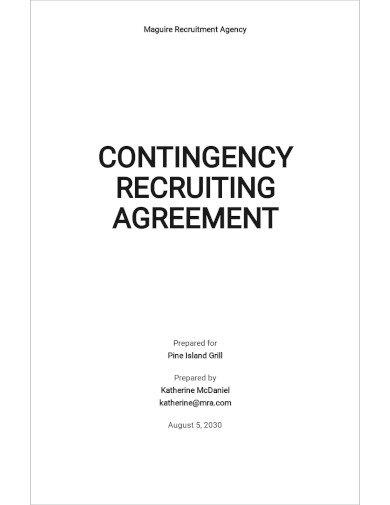
Contingency Recruiting Agreement Template
download now -
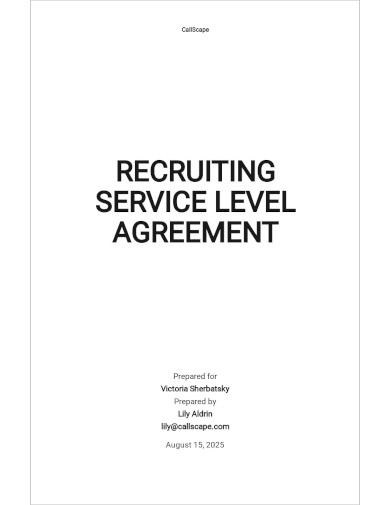
Recruiting Service Level Agreement Template
download now -
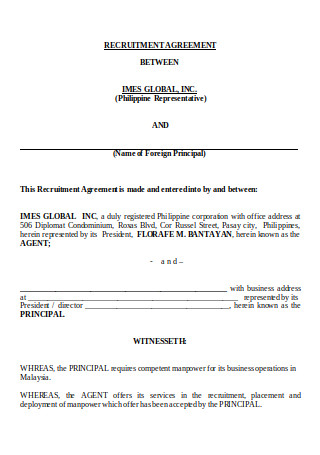
Recruitment Agreement
download now -
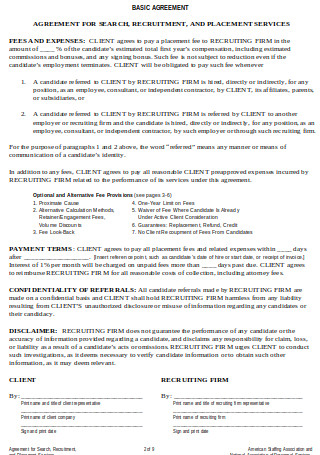
Model Recruiting Agreement
download now -
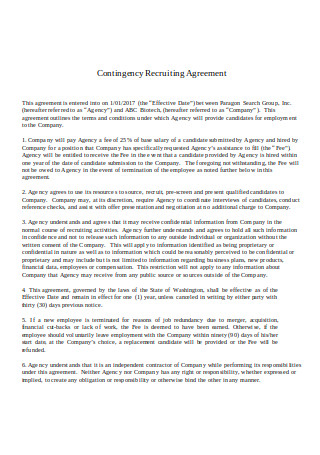
Contingency Recruiting Agreement
download now -
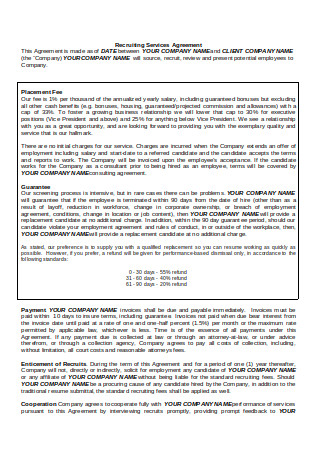
Recruiting Services Agreement
download now -
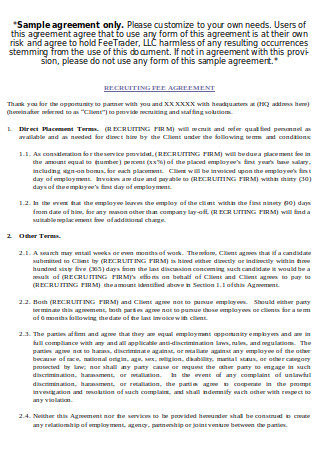
Recruiting Fee Agreement
download now -

Recruiting Services Agreement Sample
download now -

Faculty Recruitment Agreement
download now -
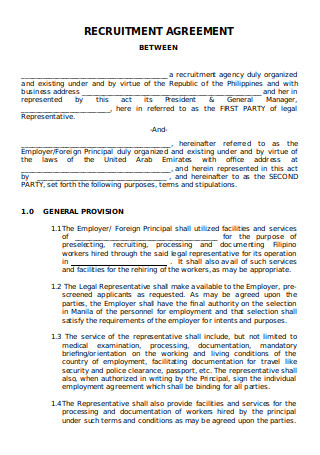
New Recruitment Agreement
download now -
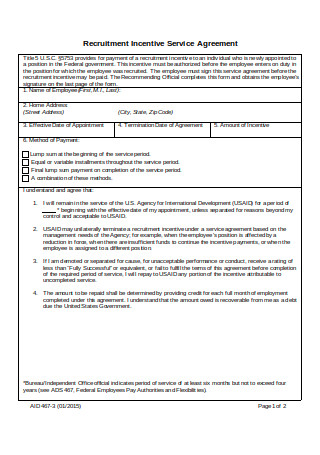
Recruitment Incentive Service Agreement
download now -
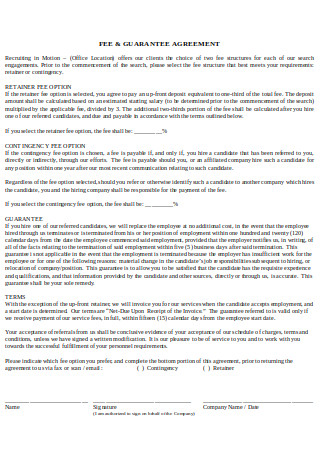
Fee & Guarantee Agreement
download now -
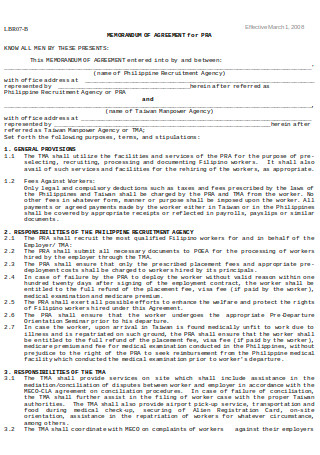
Recruitment Memorandum of Agreement
download now -
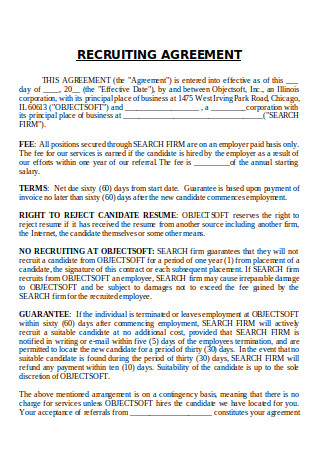
Recruiting Agreement
download now -

Cooperative Recruiting Agreement
download now -
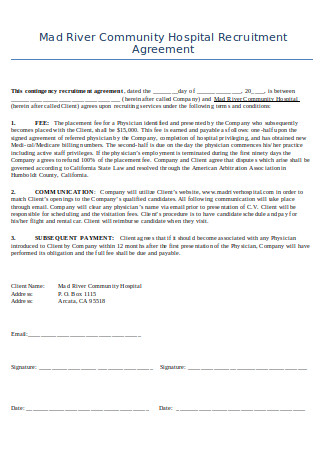
Contingency Recruitment Agreement
download now -
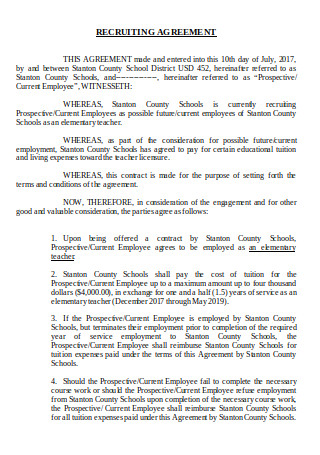
Sample Recruiting Agreement
download now -
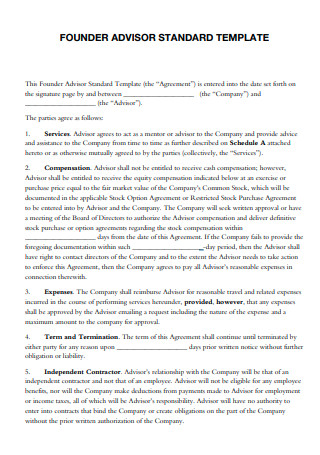
Founder Advisor Standard Template
download now -
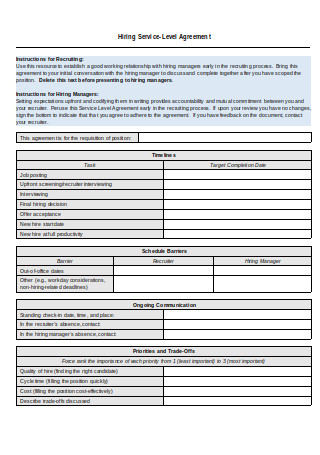
Hiring Service-Level Agreement
download now -
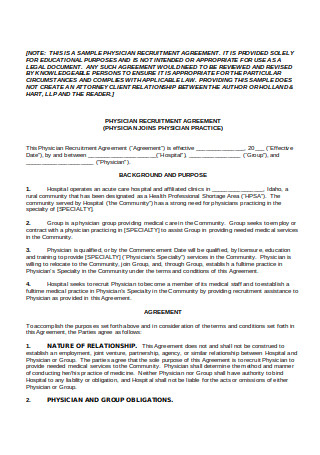
Physician Recruitment Agreement
download now -
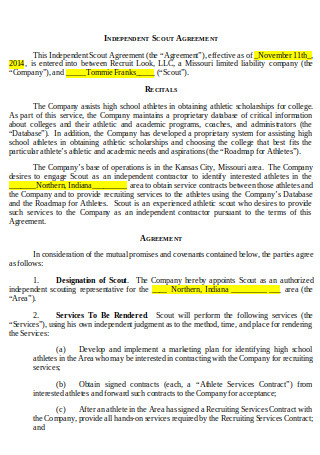
Independent Scout Agreement
download now -
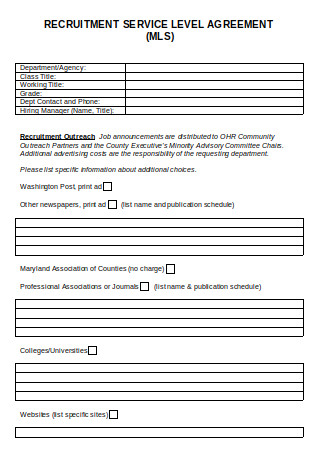
Recruitment Service Level Agreement
download now -
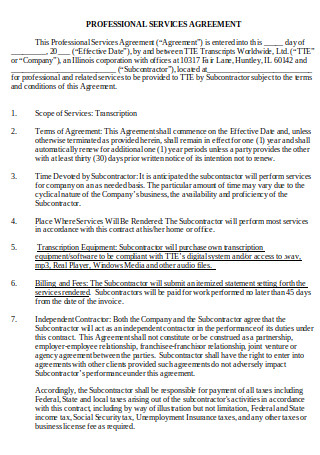
Professional Service Agreement
download now -
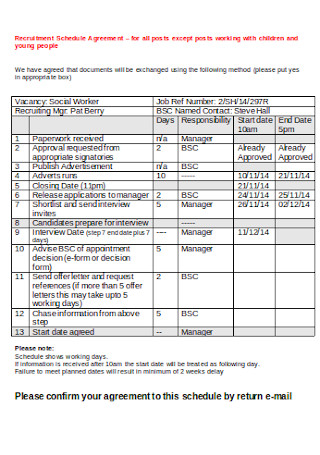
Recruitment Schedule Agreement
download now -
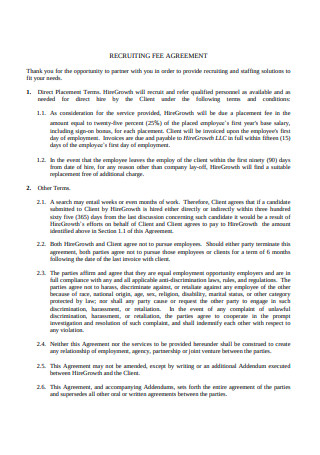
Hire Fee Agreement
download now -
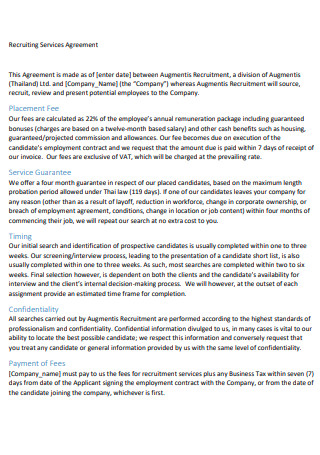
Sample Recruiting Services Agreement
download now -
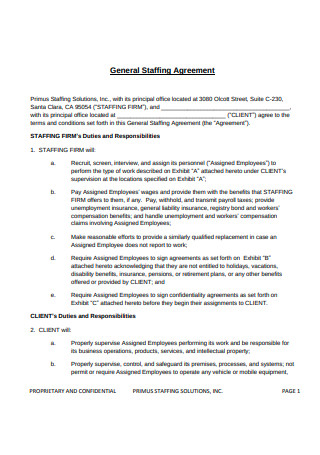
General Staffing Agreement
download now -
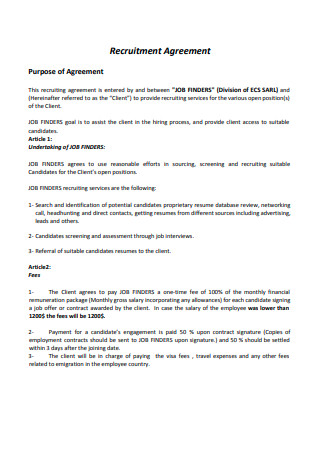
Recruitment Agency Agreement
download now -
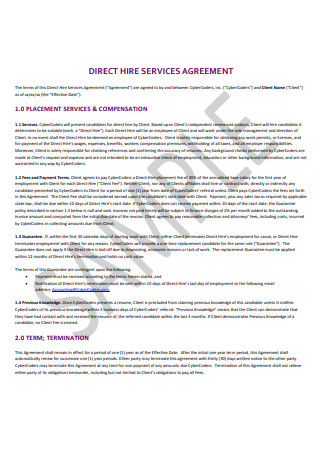
Direct Hire Services Agreement
download now -
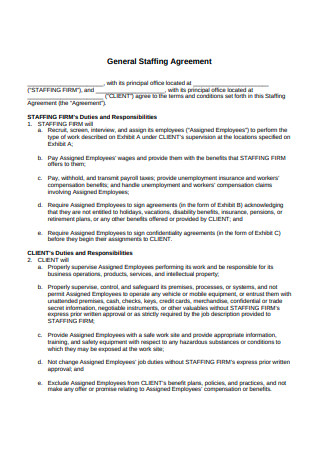
General Staffing Agreement Sample
download now -
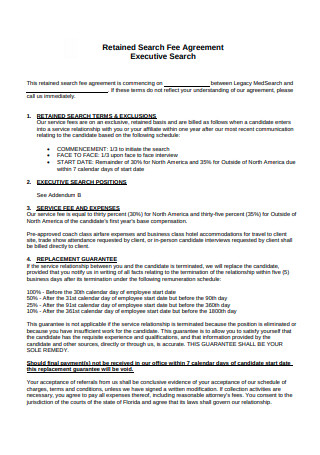
Retained Search Fee Agreement
download now -
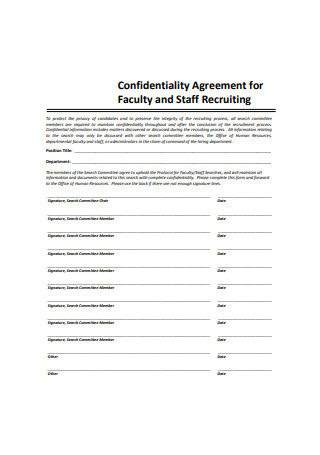
Confidentiality Agreement for Recruiting
download now -
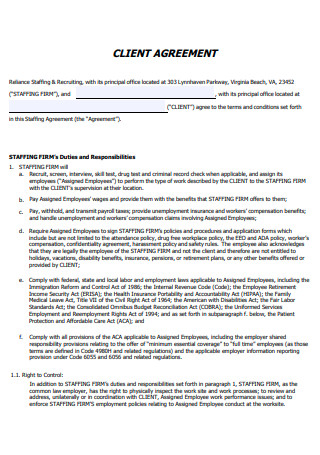
Client Agreement
download now -
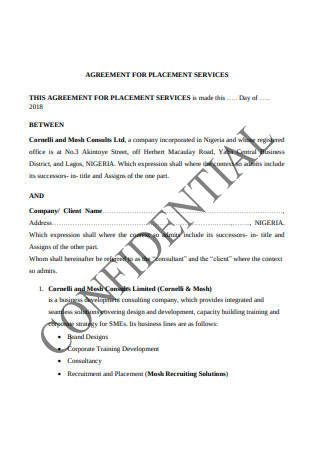
Agreement for Placement Services
download now -

Recruiter Split Fee Agreement
download now -
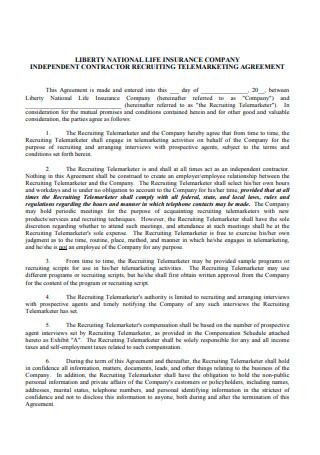
Recruiting Telemarketing IC Agreement
download now -
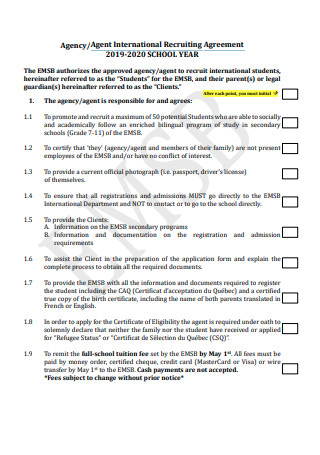
Agent International Recruiting Agreement
download now -
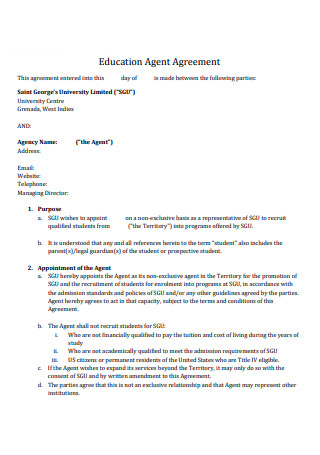
Education Agent Agreement
download now
FREE Recruiting Agreement s to Download
37+ Sample Recruiting Agreement Templates
What Is a Recruiting Agreement?
The System: Recruitment Process in Five Stages
Handling the Job: Types of Recruitment
How to Draft a Comprehensive Recruitment Agreement?
FAQs
Do I need a retainer agreement for my recruitment plans?
If I’m not satisfied with the recruiter’s job, can I fire him or her?
Do I need to consult a lawyer before signing the recruitment agreement?
If the recruiter breaches the contract, can I sue for damages?
What Is a Recruiting Agreement?
Several worker ants come together to move a single biscuit crumbs left on the kitchen floor—each of them moving through rough terrains to reach the anthill. Much like how ants act in unison to gather food, its structure has similarities to that of a business. The absence of workers in an ant colony dismembers the ability of the insects to continue its activities. And without employees, a company will not survive the vivid competition of the industry. Hence, businesses should take time searching, training, and retaining workers in the company.
Instead of going through the affair of selecting possible candidates, some enterprises choose to secure the services of hiring agencies to perform the task. The two parties proceed with the recruitment agreement to organize the smart goals of both companies. A recruiting agreement contains the responsibilities and compensation of each party in this arrangement. For instance, the obligation of the employment agency focuses on providing business referrals with formal and qualified backgrounds to the human resources of the company. On the other hand, the organization offers job payment for the services rendered in the duration of the work.
The System: Recruitment Process in Five Stages
The lively and busy economic world experienced a threatening “pause button” when the COVID-19 pandemic struck dozens of nations. In effect, everything was “on hold” and placed in uncertainty. Although impermanent, the crisis has affected the different parts of the economic chain. According to The Wall Street Journal, with the possibility of a recruitment market slowdown, delegation of tasks have a different approach and distribution. The delay in succession plans and career movements are some of the results of this ongoing problem. At most, shared responsibilities and more work changes can happen in the coming months. But when this emergency ends, the economy will come back to its feet. So, what are the stages of the recruitment process?
Handling the Job: Types of Recruitment
Different and difficult situations in some countries affect other nations as well. With many countries intertwined in trade and professional relationships, the struggle of one has an impact on its partners. In light of the current pandemic caused by COVID-19, the sphere of the commercial industry has various challenges. From fewer profits in some sectors to uncertainties in production, every nation has problems. To amend the circumstances, companies and individuals look at virtual career paths, events, recruitment, and organization. According to Forbes, the crisis has changed the pathway of remote recruiting for the future. The pandemic will shape the motion of hiring and retaining employees. Even the processes of an enterprise will adjust to the current situation. At the moment, virtual presence is an ace among workers. So, what are some of the popular types of recruitment styles?
Company Branding
Having a recognizable brand creates an advantage for many companies. Not only does it attract customers, but it also entices suitable applicants. In the world of fashion, upcoming designers and artists want to collaborate with famous names and brands—Gucci, Chanel, Balenciaga, etc. With the reputation and sophistication of business, people will come rushing in to apply for a position in the company. Hence, being well-known and admired by many has more than one benefit. With that, work on the branding of the enterprise.
Internships
Another recruitment style that many companies apply in their hiring structure is internships or on the job training. After offering graduating students a chance to work in the company for a specific timeframe, the organization can absorb and hire the intern for the position. This system depends on the company, especially if they will accept fresh graduates. However, it is also a good practice knowing that these individuals had excellent training and experience in the company.
Events and Conferences
When the company holds events or conferences, business owners get to meet new people and interact with potential partners. For additional information, doing this creates opportunities for the business to spread out, attract more clients, and hire valuable individuals. Several companies have met and hired some of their employees through events they sponsored for test runs and launches. Consequently, having activities that generate a buzz can have lots of benefits.
Hiring Recruiters
As another resort, businesses start hiring recruiters to do the job for them. Employment agencies specialize in finding appropriate candidates for job positions needed by their clients. Whether it’s for an offer in a hospital or hotel, recruiters can find a way to locate suitable personnel. To make the task easier for the team, the company provides compensation for the work as well as other necessary resources. Nevertheless, the final decision to employ a candidate still lies in the preference of the organization (client of the recruiter).
How to Draft a Comprehensive Recruitment Agreement?
The employment stages for new hires look like a long list of checklists. From passing the initial interview and final exam to meeting co-workers and signing the employment contract, the new employee has a lot to understand and deliver. Aside from doing his or her job, companies also have the responsibility to train and assist the newcomer. To lessen the burden and tasks, recruitment agencies can carry some load for the enterprise. With that, the two parties have to make a recruitment agreement to lay out the provisions of the partnership. Here are the steps in making the material.
Step 1: Provide Details About the Understanding
In making the contents of the agreement, the two groups should first settle on the arrangements of the deal. Part of this understanding is the roles of the parties, the shared responsibility, and the duration of the agreement. Hiring plans happen when the administration requires the hiring of new employees. If the numbers are complete, the recruitment process stops. To avoid problems, having a schedule will work best for the two businesses. The agreement should contain all the details.
Step 2: Present the Applicant Requirements
In clearing the objectives of both parties, the agreement must contain the list of job vacancies that need to be filled. Accompanied by the positions are the qualifications or requirements of each job title. By presenting the details, the recruitment team can pinpoint the options that work best for the situation. Furthermore, the team can visualize strategies to capture the attention of prospects.
Step 3: Include the Commission, Compensation, and Fees
Next, highlight the fees, commissions, and compensation that the employment agency will receive throughout the timeline of the agreement. For this part, the organization must provide the details of the payment methods. If unclear, the recruitment agency can ask for a more definite description of the arrangements.
Step 4: Termination Clauses
The contents of the termination clauses are one of the essential parts of a recruitment agreement. Here, the discussion on the termination of the agreement takes place. Furthermore, it also addresses issues concerning unqualified applicants and hired workers who got fired on the job or resigned. With these clauses, the two can discuss how to deal with possible circumstances.
FAQs
Do I need a retainer agreement for my recruitment plans?
Retainer agreements are not necessary for recruitment plans, but they can be part of it. A retainer fee, which acts as a compensation for the work, can come in handy for the recruitment agency. However, this portion depends on the preferred agreement of the two companies. After all, the agency will still receive benefits when hired by the other enterprise.
If I’m not satisfied with the recruiter’s job, can I fire him or her?
If unhappy with the performance of the recruiter, the company can consult the agency to make some adjustments and changes. Do note that termination of the hiring agent can be a clause on the agreement. If the provision prevents the cancellation, then the company has to follow suit. But when no statement stops the termination, then the corporation can end the agreement.
Do I need to consult a lawyer before signing the recruitment agreement?
In every legal decision and plan, you must have an attorney to guide you. In this case, a lawyer would help you avoid making rash decisions with the recruitment plan. Additionally, he or she can provide more insight into the items to place in the agreement. So, yes, having a lawyer is preferable.
If the recruiter breaches the contract, can I sue for damages?
Before suing for damages, talk with an attorney on the legal grounds and actions to take. Breach of contract and disclosing vital company information can be justifications for a case. You must, however, provide enough evidence for the claims. When talking cannot suffice, you should seek advice from legal experts.
Businesses cannot stand on their own in the absence of trustworthy employees. Even with all the plans and strategies at hand, when no one can implement the procedures and conduct the work, it still has no use. Yet some companies see employees, despite talent and skills, replaceable at the tiniest touch. While recruiting newcomers takes time and effort, retaining and training them is also another story. The unemployment of valuable personnel will be the loss of a company. Moreover, not providing the essential compensation and benefits of the employee affects the reputation of the enterprise. Therefore, companies should appreciate their workers and treat them fairly.
